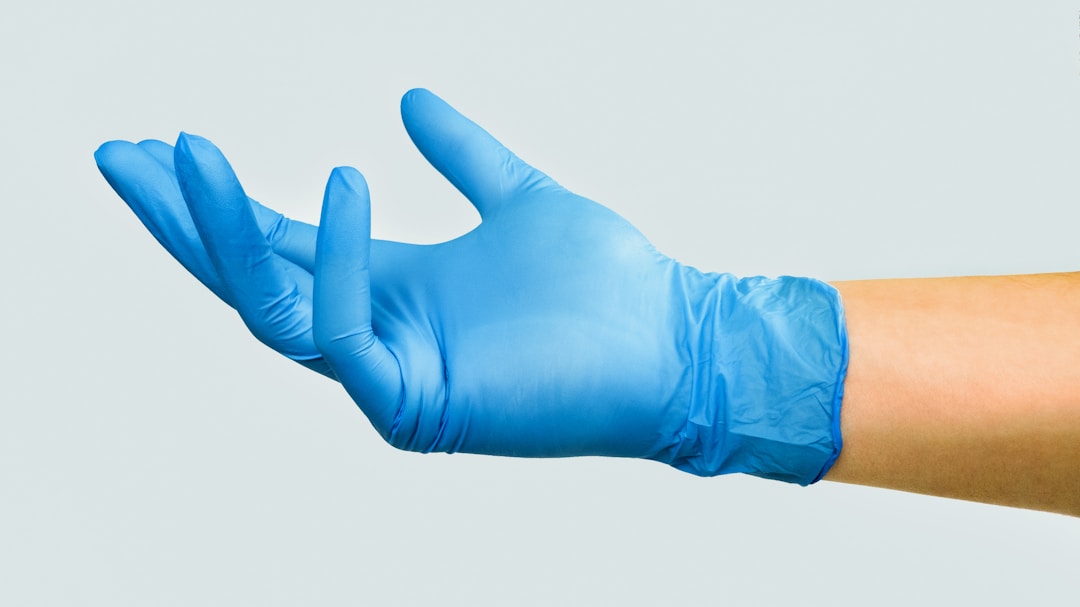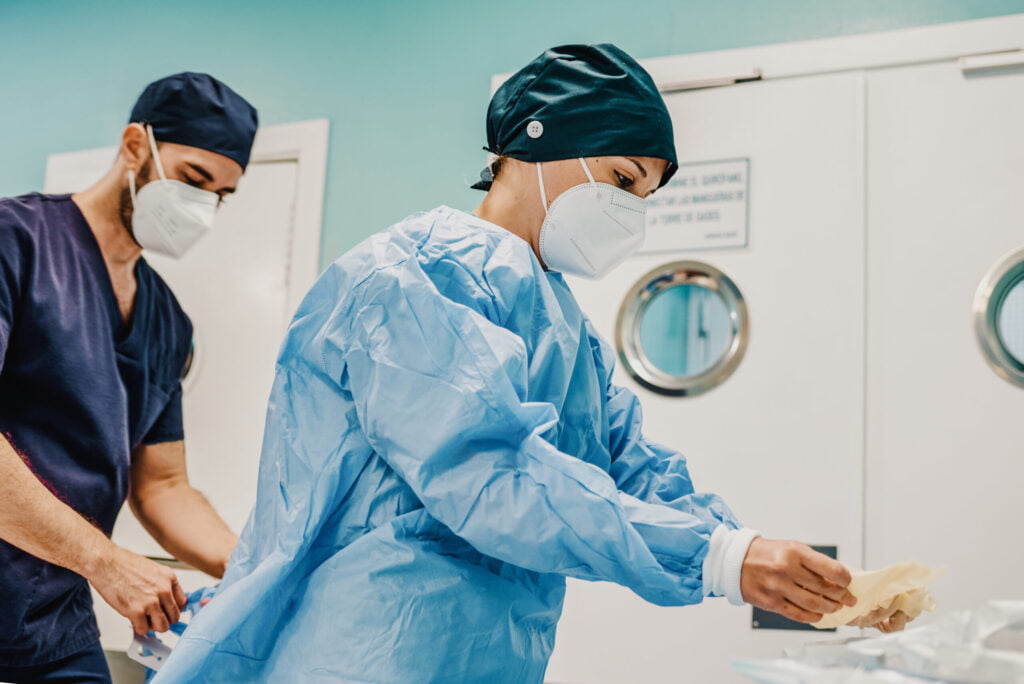In the world of medical care, safety, and hygiene are critical aspects that must be strictly maintained. Healthcare facilities must take every measure necessary to ensure that patients are protected from infections, contamination, and other harmful circumstances while receiving treatment.
Implementing Sterile Processing Techniques

One of the fundamental safety measures to protect patients in healthcare settings is the use of sterile processing techniques. Sterile processing ensures that medical equipment and instruments are properly cleaned, disinfected, and sterilized before use. This can significantly reduce the risk of infections and complications for patients. Sterilization techniques may vary depending on the type and material of the instruments being used, but methods such as steam, dry heat, and chemical sterilization are commonly used.
Healthcare facilities can also benefit from the assistance of experts in this field by employing sterile processing consulting services. These professionals can offer guidance on best practices in sterile processing and help to develop and implement policies and procedures tailored to meet the specific needs of the healthcare facility. By ensuring that medical equipment is always properly sterilized, healthcare providers can significantly reduce the risk of infection for their patients.
In addition to instrument sterilization, healthcare facilities should also implement strict hygiene practices for their staff members. This includes regular hand washing, the use of personal protective equipment, and proper handling and disposal of contaminated materials. Adhering to these practices can greatly reduce the risk of contamination and help to keep patients safe.
Using Protective Barriers and Equipment
Another essential safety measure in healthcare settings is the use of protective barriers and equipment. This can include items such as gloves, gowns, masks, and face shields, which are designed to protect both patients and healthcare workers from potential exposure to infections and contaminants. Protective barriers and equipment should be worn by all healthcare workers when performing tasks that could potentially lead to exposure, such as handling bodily fluids or working with contaminated materials.
Additionally, the use of plastic caps and plugs on medical equipment can provide an added layer of protection against contamination. By sealing off openings in tubes, syringes, and other equipment, these caps and plugs can prevent bacteria, viruses, and other harmful substances from entering and causing harm to patients.
Regular training and adherence to best practices for wearing, removing, and disposing of protective barriers and equipment are also vital. Failure to follow these guidelines could potentially negate the protection offered by these devices and even lead to further contamination and infection.
Promoting a Culture of Safety and Continuous Improvement

Lastly, to truly ensure the safety of patients in healthcare settings, a strong culture of safety and continuous improvement must be cultivated within the facility. This culture should encourage open dialogue and feedback between staff members, as well as collaboration in problem-solving and implementing new safety protocols.
Regular training in safety and infection control practices provides staff members with the knowledge and skills necessary to protect patients. Ongoing education allows healthcare workers to stay up-to-date on best practices and emerging concerns related to patient safety in their respective fields.
Facilities should also maintain a system for documenting, tracking, and analyzing adverse events and near misses. By learning from these instances and implementing measures to prevent their occurrence, healthcare providers can continuously improve their safety standards and better protect their patients.
Altogether, the implementation of sterile processing techniques, use of protective barriers and equipment, and the promotion of a culture of safety within healthcare facilities are all crucial measures in ensuring the well-being and safety of patients. Adherence to these best practices can minimize the risk of infections and complications and contribute to positive patient outcomes.



